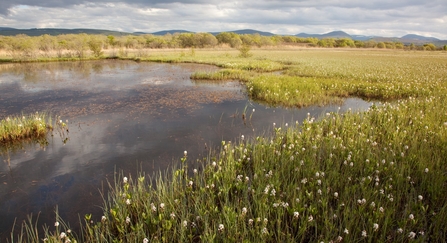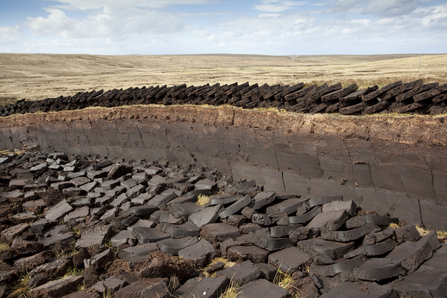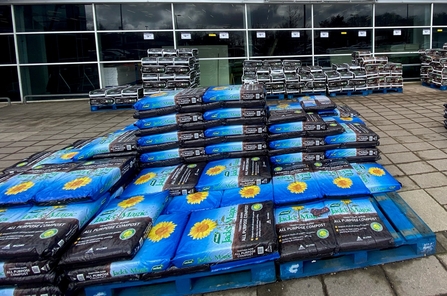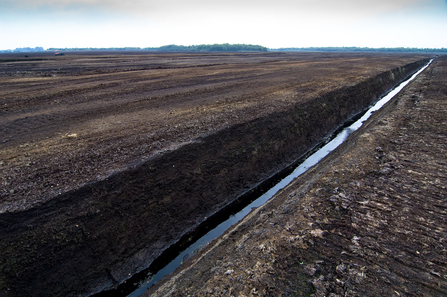GARDENERS and food growers in the UK may have released as much as 31 million tonnes of carbon dioxide (CO2) into the atmosphere since 1990 by using peat compost.
Over the next two years, peat use could release a further 1.5 million tonnes of CO2 - roughly equivalent to the annual greenhouse gas emissions of more than 214,000 UK residents - while further contributing to species and habitat decline.
The new figures have been calculated by The Wildlife Trusts, which are urging the Government to ban the sale and extraction of peat for horticulture immediately - and not wait until 2024.




